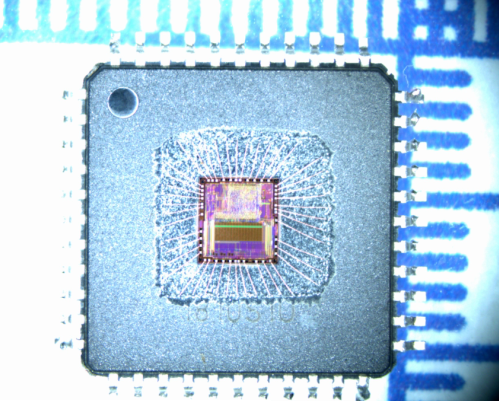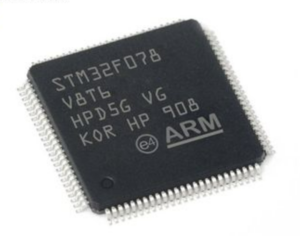 Reverse Engineer STM32F078VB Microcontroller Program
Reverse Engineer STM32F078VB Microcontroller Program
Reverse Engineer STM32F078VB Microcontroller Program actually is a process to clone a microprocessor stm32f078vb with the same heximal from its flash memory, original embedded firmware will be extracted from mcu stm32f078v8;

The Arm® Cortex®-M0 is a generation of Arm 32-bit RISC processors for embedded systems. It has been developed to provide a low-cost platform that meets the needs of MCU implementation, with a reduced pin count and low-power consumption, while delivering outstanding computational performance and an advanced system response to interrupts.

El programa de microcontrolador STM32F078VB de ingeniería inversa en realidad es un proceso para clonar un microprocesador STM32F078VB con el mismo hexamal de su memoria flash, el firmware integrado original se extraerá de MCU STM32F078V8;
The Arm® Cortex®-M0 processors feature exceptional code-efficiency, delivering the high performance expected from an Arm core, with memory sizes usually associated with 8- and 16-bit devices for stm32f071rb arm microcontroller memory locked bit breaking. The STM32F078CB/RB/VB devices embed Arm core and are compatible with all Arm tools and software.
The device has the following features:
- 16 Kbytes of embedded SRAM accessed (read/write) at CPU clock speed with 0 wait states and featuring embedded parity checking with exception generation for fail-critical applications.
- The non-volatile memory is divided into two arrays:
- 128 Kbytes of embedded Flash memory for programs and data
- Option bytes
- The non-volatile memory is divided into two arrays:
The option bytes are used to write-protect the memory (with 4 KB granularity) and/or readout-protect the whole memory with the following options:
- Level 0: no readout protection
- Level 1: memory readout protection, the Flash memory cannot be read from or written to if either debug features are connected or boot in RAM is selected which the stm32f071vb mcu flash memory can be hacked;
Level 2: chip readout protection, debug features (Arm® Cortex®-M0 serial wire) and boot in RAM selection disabled